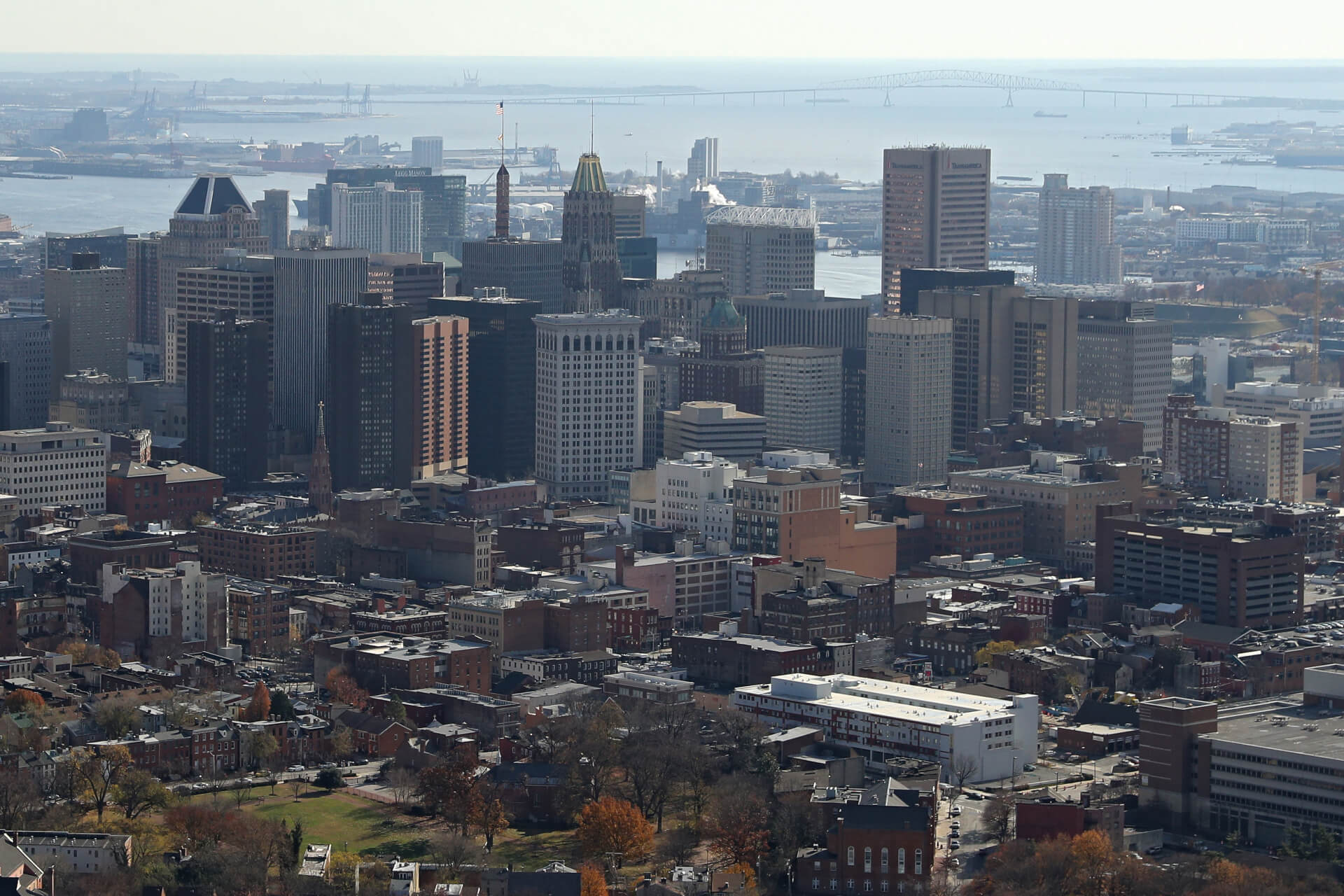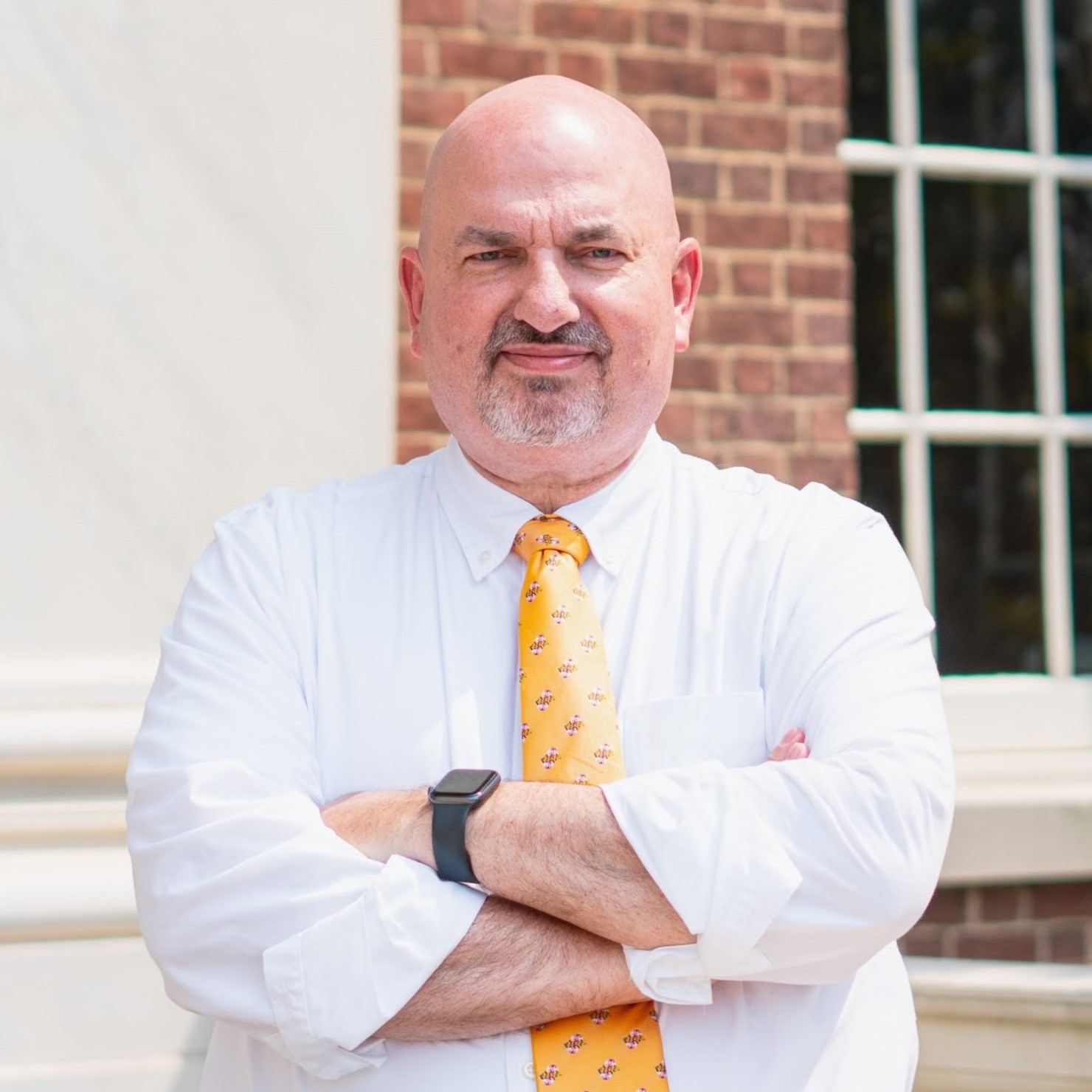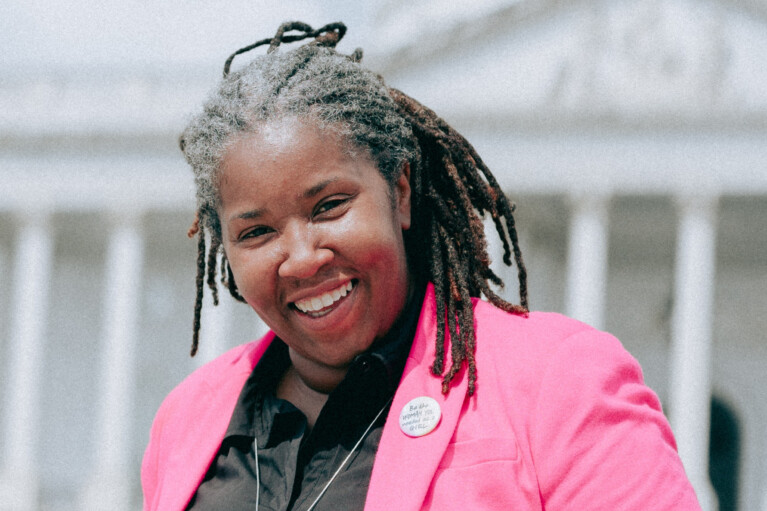Advocates, elected officials anxiously eye Red Line resurrection

State officials are edging closer to an official start of a long-awaited effort to resurrect a canceled east-west transit line.
Gov. Wes Moore (D) vowed on the campaign trail to revive the project formerly known as the Red Line. The governor is poised to make a transportation announcement in Baltimore that has some advocates watching in anticipation of a sign of life for the long dormant project.
“The stars are uniquely aligned and if we don’t get the lift done now, when will we ever?” asked Klaus Philipsen, president ArchPlan Inc.
But Philipsen, a consultant on the original Red Line plan, acknowledged difficulties in the task ahead. Philipsen said he will be watching an expected Thursday transportation-related announcement by Moore in hopes of a restart for the project.
The original Red Line envisioned connecting Bayview Hospital in east Baltimore to Woodlawn in Baltimore County over a 14.1-mile light rail system.
The route contemplated an extension into Dundalk in eastern Baltimore County. That leg was nixed because of costs and low ridership projections.
Gov. Larry Hogan (R) canceled the entire project in 2015. Then estimated to cost $2.9 billion, Hogan called it “a boondoggle.”
Over the years Democrats and transportation advocates lamented the decision. They criticized Hogan for returning $900 million in federal aid for the line. In the years that followed, they pined for restoration of the project.
Enter Moore.
The new governor champions the project — sometimes called an east-west transit corridor — as a way for people living in economically challenged areas of the city to reach better paying jobs.
Significant questions remain in any effort to revive the transit plan: Will it remain a light rail line? What route will it take? What will it cost and how will it be paid for?
“So from soup to nuts, because of so many steps from the money to the engineering and all of those things,” Philipsen said. “It sounds easy. You just dust your plans off and you get them going. But you know, there are a whole lot of steps needed to do that.”
Philipsen said there is a line of projects already competing for federal aid. The Red Line would have to jump that queue. “The odds are not necessarily stacked in favor,” he said.
Some areas on the east side that were part of the Red Line corridor have been developed. The region has experienced demographic changes. There is also the redevelopment of the former Bethlehem Steel plant in Sparrows Point into what is now known as Tradepoint Atlantic.
Baltimore County Executive Johnny Olszewski Jr. (D) said the line must reflect where the region is in 2023 rather than simply restarting the 2015 plan.
“The region is different in fundamental ways,” Olszewski said in a recent interview. “While we want to continue with getting the benefits of what was envisioned a decade ago, we also need to reflect the current realities. Chief among them is the tens of thousands of jobs that are present and on the way over at Tradepoint Atlantic.”
Olszewski said connecting to the Sparrows Point area is imperative in any new Red Line plan.
There are some early options.
A 2022 study completed by the Maryland Mass Transit Administration proposes seven possible Red Line options. They include bus rapid transit to light rail and subway options and combinations of the three.
One option proposes a route that is nearly identical to the original line. Other proposals extend further east and west.
A coalition of West Baltimore community groups offered up its “Smart Line” proposal. The group proposes a new subway line that would connect to the West Baltimore MARC station and head into western Baltimore County. To the east, a leg would extend possibly to Sparrows Point.
A long-range transportation plan released by the Baltimore Metropolitan Council envisions a new Red Line project. The 25-year plan includes roughly $4 billion for two transit corridors in the Baltimore region.
Part of that placeholder is for what would ultimately be a Red Line replacement. The initial cost is based on the average of seven potential options that were part of a 2022 study.
“This really can and should be a transformational moment for the entire region,” said Olszewski.
The route and mode of transit will affect the ultimate cost.
Philipsen believes a system similar to the 2015 plan might start at around $3.5 billion
The proposed Smart Line plan carries an initial estimate of about $2 billion for two of the five legs. Three other legs, some requiring possibly extensive tunneling, have no initial estimates.
Earlier this year, Moore proposed setting aside an additional $500 million for future transportation projects. The budget finalized by the General Assembly left $100 million. The balance was shifted to education funding.
Some hope that as Moore makes good on reviving the project, there is a chance to get back the $900 million in federal aid Hogan passed on.
In 2021, Sens. Ben Cardin and Chris Van Hollen successfully added language to the Infrastructure Investment and Jobs Act of 2021 that could help. The act calls on the federal transportation secretary to give “full and fair consideration to projects that seek an updated rating after a period of inactivity following an earlier rating and evaluation.”
Van Hollen, speaking Monday, said the state must submit a fully developed plan to the Federal Transit Administration. That agency would vet the plan and work with the state on potential funding sources.
“We will be working with them to try to identify funding,” Van Hollen said. He said he alerted Federal Transit Administration Administrator Nuria Fernandez that the state was interested in reviving the Red Line in some fashion.
The federal infrastructure law creates extra funding opportunities for the state over the next four years. There are also opportunities to begin funding for the Red Line in annual transportation Appropriations as well,” Van Hollen said.
And because the state went to the federal government and got preliminary approvals for the original Red Line proposal, the process might be quicker this time.
“You don’t have to start from scratch on a federal proposal,” he said.
Rep. Dutch Ruppersberger (D-2nd) said both sides of the aisle are eager to fund solid transportation programs like the Red Line.
“The opportunities are there, it’s just a matter of priorities,” he said.
Josh Kurtz contributed to this report.




 Creative Commons Attribution
Creative Commons Attribution